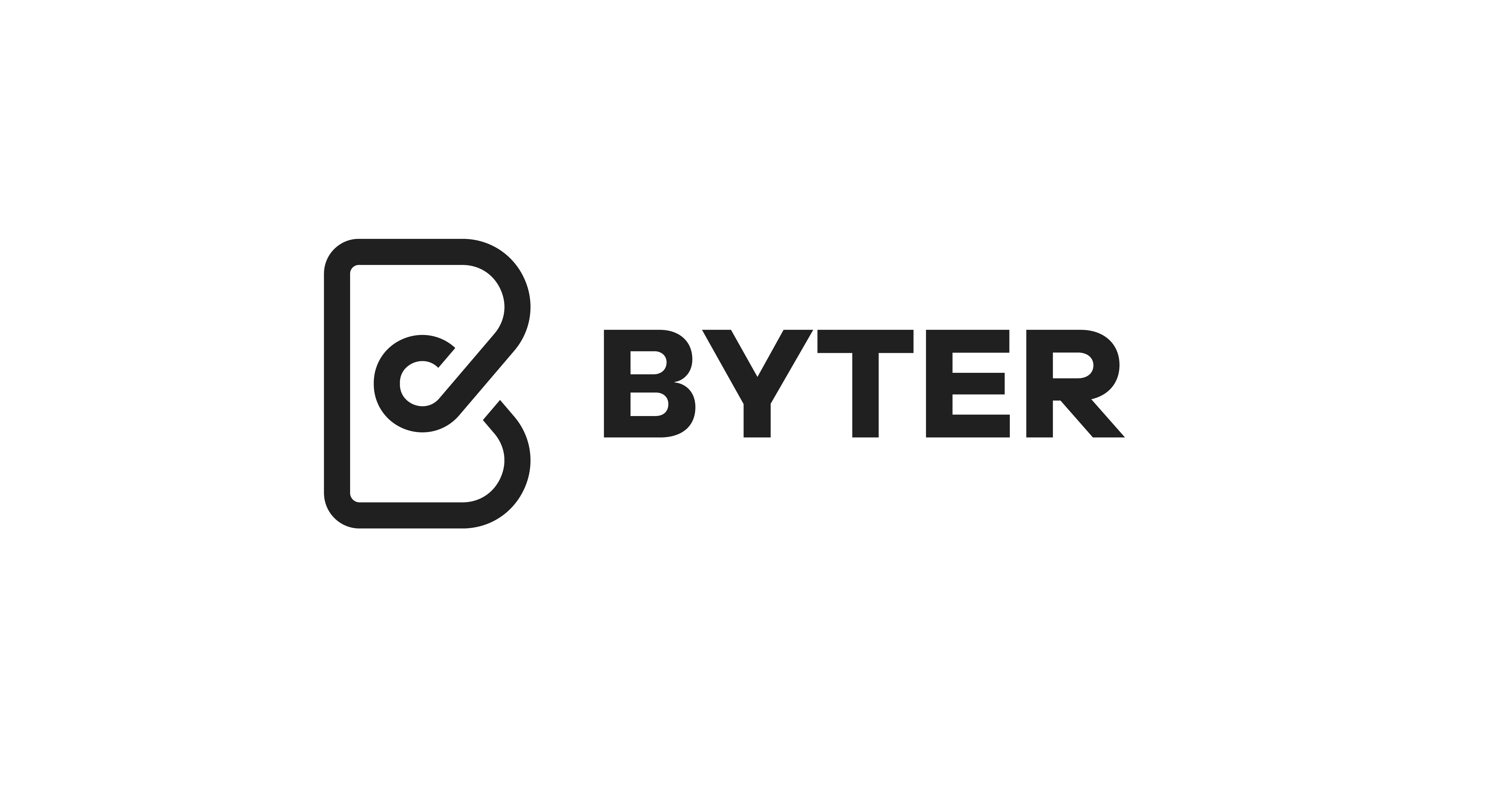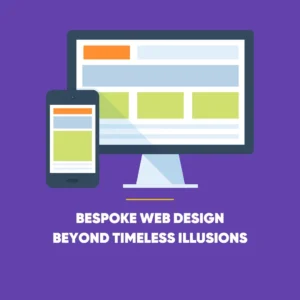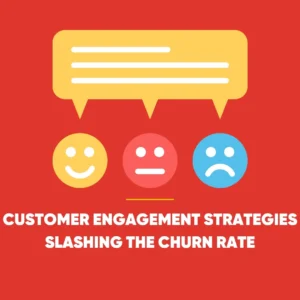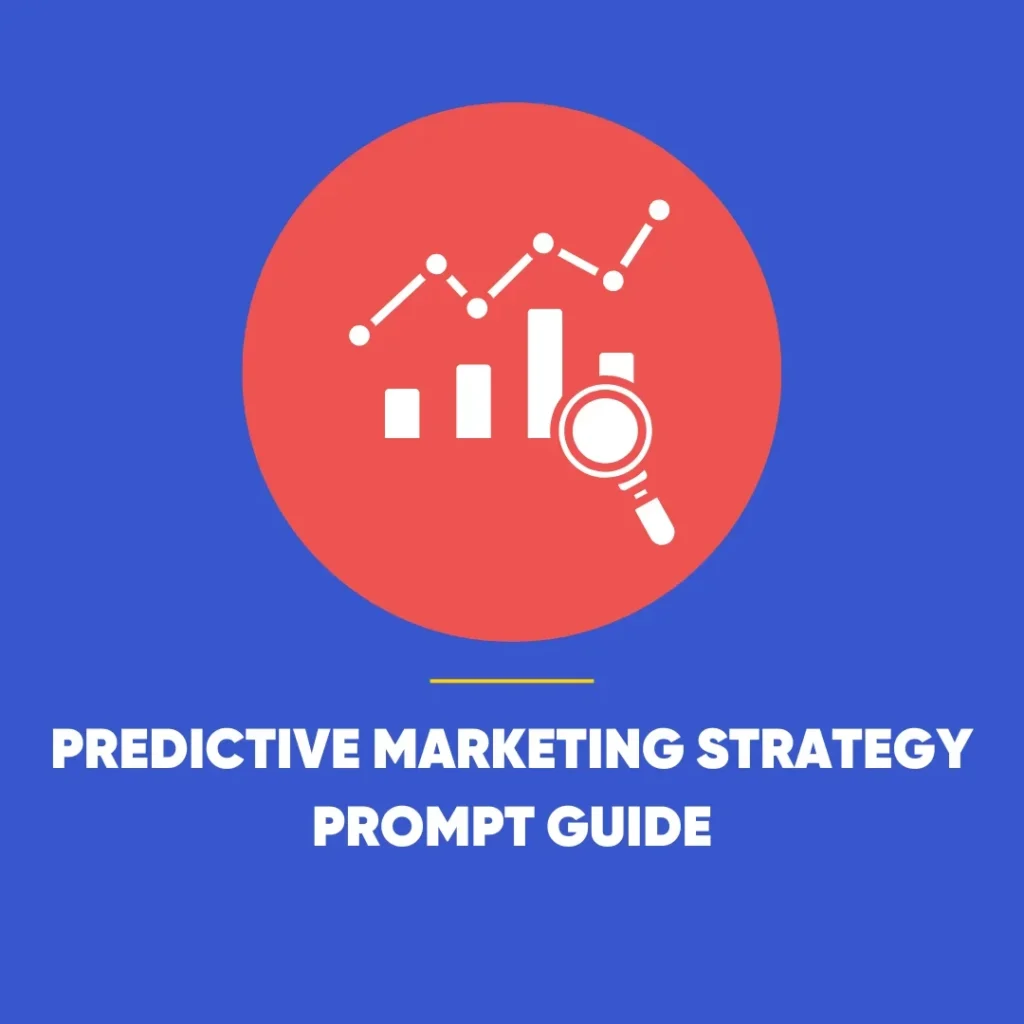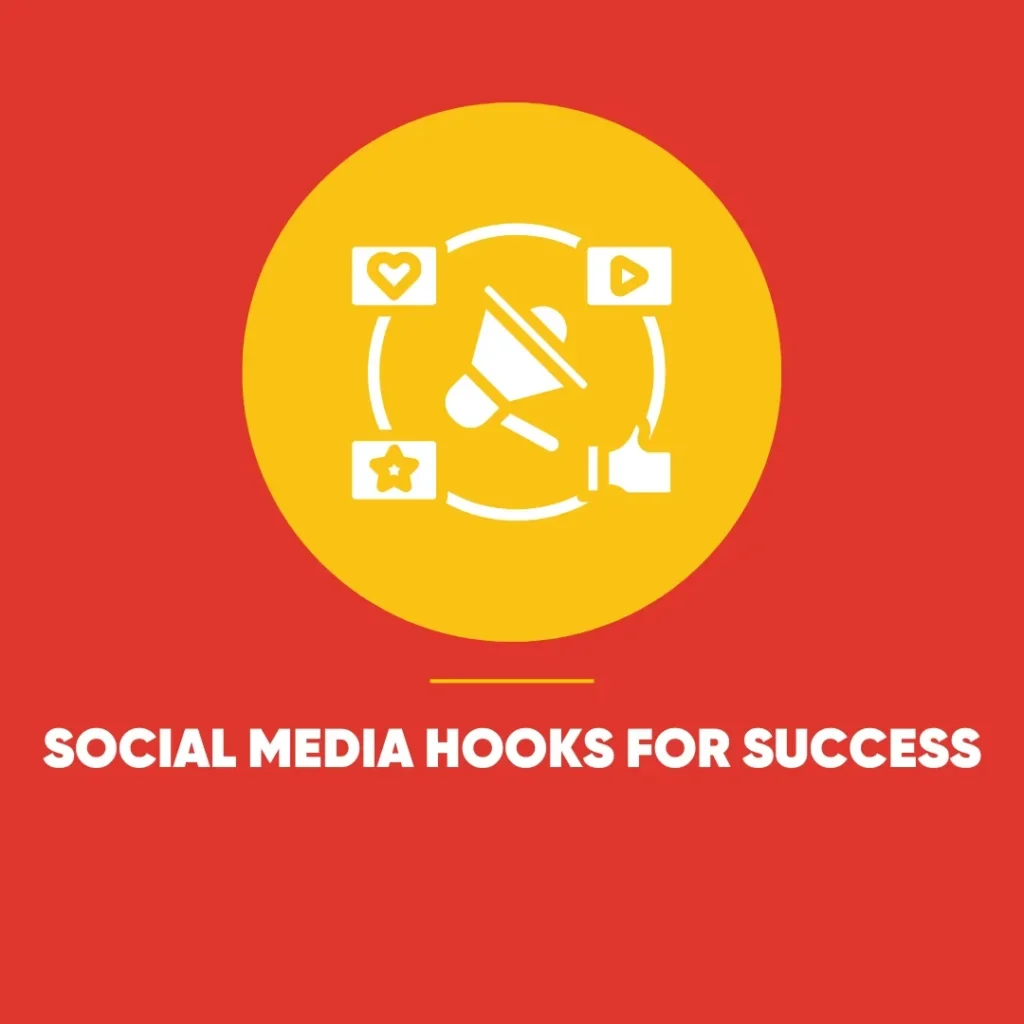Social Media Forecast: Future Trends for Marketers
Social media forecast reveals 2026 marketing changes. Brands must adapt their strategies for AI and private social trends. Marketers must keep ahead of these developments. Therefore, we look at bold forecasts for social media marketing in 2026. These predictions cover technology, user behaviour, and platform shifts. As a result, brands must adapt their strategies now. This foresight helps your business stay relevant and connect with customers effectively.
The Shift to Pay-for-Reach in the Social Media Forecast
Platform owners will certainly demand payment for visibility. This means “pay-to-play” becomes the standard approach. Content saturation is making organic reach harder. Therefore, algorithms prioritise accounts that spend money. Brands must allocate larger budgets to paid campaigns. You need paid promotion to reach your target audience. Furthermore, organic strategies still matter for loyalty. However, businesses will increasingly pay to gain initial attention.
Organic Content Faces New Challenges
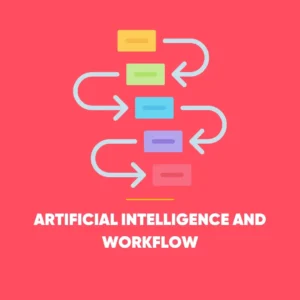 The social media forecast shows algorithms favour “quality signals” over simple popularity. Users now see massive amounts of content daily. Therefore, they quickly ignore low-value posts. As a result, organic reach will become more locked down. Marketers must focus on high-quality, niche content. You must target small, highly engaged communities first. This approach ensures your posts deliver value, not just noise.
The social media forecast shows algorithms favour “quality signals” over simple popularity. Users now see massive amounts of content daily. Therefore, they quickly ignore low-value posts. As a result, organic reach will become more locked down. Marketers must focus on high-quality, niche content. You must target small, highly engaged communities first. This approach ensures your posts deliver value, not just noise.
Artificial Intelligence and Workflow
AI will move from a simple tool to a necessary team member. It will drastically change how marketers work. Consequently, brands will use smart AI to automate many tasks. This includes writing captions and creating visual assets. The technology organises large datasets instantly. Therefore, marketers use this speed to test content variations quickly. AI helps personalise content at scale. For instance, it can adapt messages for thousands of individual users. This frees up human teams for more creative work.
Humans Must Lead Strategy
The social media forecast confirms AI remains a tool, not a substitute for people. Marketers must focus on unique, human-led storytelling. The robot cannot tell when a joke misses the mark. You must use AI to handle repetitive tasks efficiently. This allows humans to build real emotional connections. Strategic oversight and authentic creativity remain vital. In the end, humans still manage the brand’s voice and personality.
The Authenticity Revolution
Audiences are tired of heavily filtered and over-produced content. Instead, they crave authenticity and genuine connection. Marketers must focus on building trust first. Indeed, we will see a strong swing back to lo-fi videos and candid opinions. Brands must act like real people, not corporations. This genuine approach helps you build credibility with users.
‘Dark Social’ Drives Influence
The social media forecast suggests private messaging becomes the main frontier for influence. People are retreating into smaller, closed digital spaces. This is often called “dark social.” It includes direct messages (DMs) and private group chats. It also covers broadcast channels and ‘Close Friends’ lists. Brands must participate in these exclusive spaces. They must focus on intimacy instead of mass reach. The goal is making followers feel like insiders. When users feel special, they talk about your brand in public. This strategy hinges on trust, not follower count.
Creators Become Media Empires
Influencers are becoming full-scale media networks. They professionalise their output and build large teams. Furthermore, these creators develop their own intellectual property. They build content verticals that rival traditional media. As a result, this changes the partnership model for brands. You should stop hiring creators for simple promotional posts. Instead, you must co-produce narratives with them. This collaboration builds deeper, more compelling campaigns.
Commerce and Platform Integration with the Social Media Forecast
 Social platforms will continue to integrate shopping features seamlessly. The journey from discovery to purchase will become quicker. Consumers want to buy products instantly when they see them.
Social platforms will continue to integrate shopping features seamlessly. The journey from discovery to purchase will become quicker. Consumers want to buy products instantly when they see them.
Video Remains Essential
Short-form video will still dominate every major platform. Think about TikTok, Instagram Reels, and YouTube Shorts. These formats perfectly fit shrinking attention spans. Brands must deliver quick value in these short videos. However, longer video posts are also making a return. These longer formats provide in-depth, educational content. You should use short videos as trailers for your deeper content.
In-App Shopping Takes Over
Social commerce will continue its rapid expansion. Consequently, platforms add tools that simplify the checkout process. One-click shopping becomes more vital for customers. Moreover, technologies like Augmented Reality (AR) will advance quickly. AR allows customers to virtually try on clothing or make-up. Therefore, marketers must optimise all content for in-app micro-transactions. Do not treat social media and e-commerce as separate silos anymore. Instead, they must function as one cohesive system.
Conclusion: Acting on the Social Media Forecast Now
The future of social media marketing demands flexibility. AI will handle the technical work effectively. However, human marketers must guide the creative direction. Authenticity and personal trust will define successful brands. Therefore, businesses must invest in human connections and strong communities. This intelligent, people-first strategy will help you thrive by 2026.
